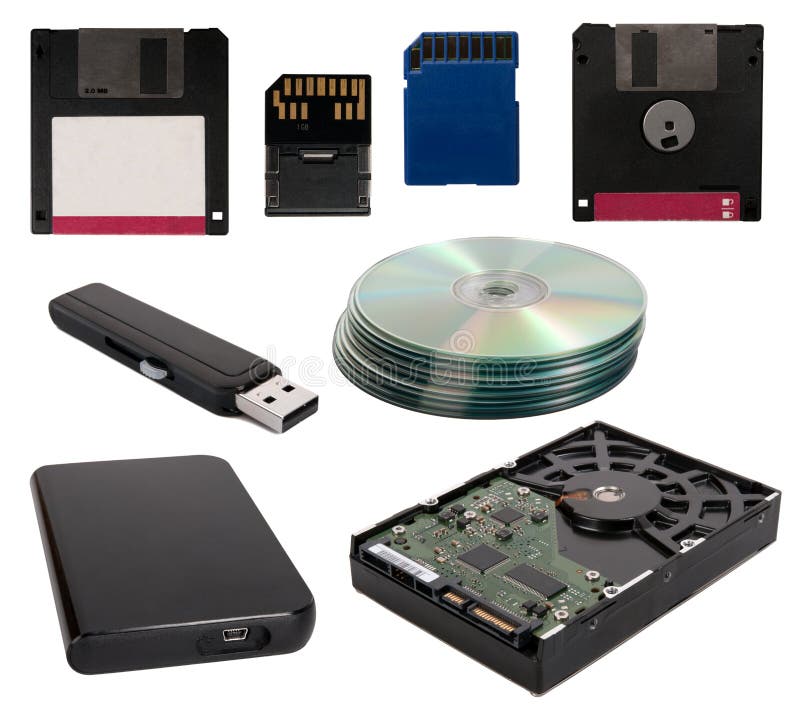

Either accept the default backup set name suggested in the Name text box, or enter a different name for the backup set.ġ0.Optionally, in the Description text box, enter a description of the backup set.ġ1.Choose the type of backup destination by clicking Disk, Tape or URL. Note When the Differential option is selected, you cannot create a copy-only backup.ĩ. For more information, see Copy-Only Backups (SQL Server). A copy-only backup is a SQL Server backup that is independent of the sequence of conventional SQL Server backups. Optionally, you can select Copy Only Backup to create a copy-only backup.
DATA BACKUP DEVICE FULL
Note that after creating a full database backup, you can create a differential database backup for more information, see Create a Differential Database Backup (SQL Server).ħ. In the Backup type list box, select Full.

You can perform a database backup for any recovery model (FULL, BULK_LOGGED, or SIMPLE).Ħ. You can optionally select a different database from the list.ĥ.

In the Database list box, verify the database name. The Back Up Database dialog box appears.Ĥ. Right-click the database, point to Tasks, and then click Back Up. Expand Databases, and depending on the database, either select a user database or expand System Databases and select a system database.ģ. After connecting to the appropriate instance of the Microsoft SQL Server Database Engine, in Object Explorer, click the server name to expand the server tree.Ģ. To back up a database using SQL Server Management Studio 1.


 0 kommentar(er)
0 kommentar(er)
